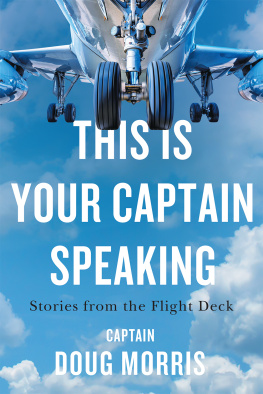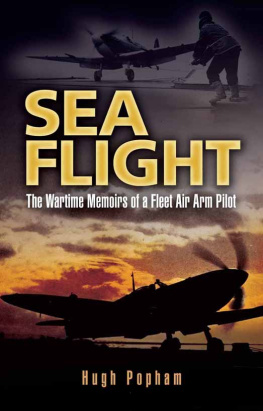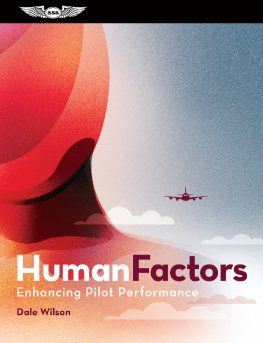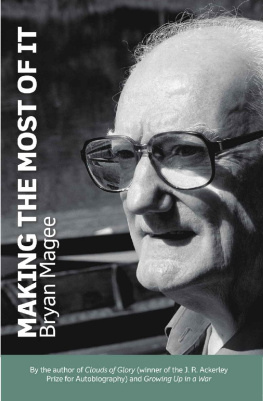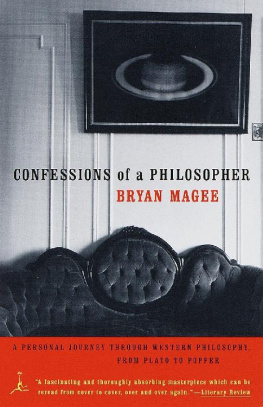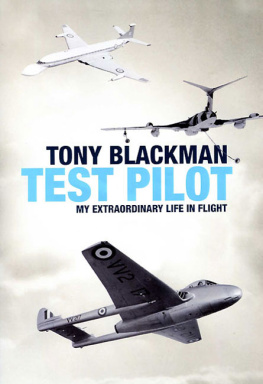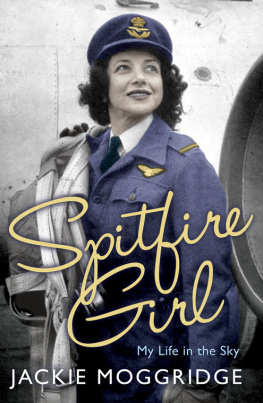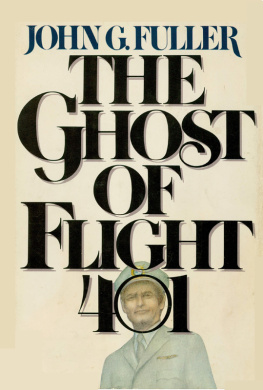Published in 2013 by Fighting High Ltd
www.fightinghigh.com
Copyright Fighting High Ltd, 2013
Copyright text Roger Cole, 2013
The rights of Roger Cole to be identified as the
author of this book are asserted in accordance with the
Copyright, Patents and Designs Act 1988.
All rights reserved. No part of this publication may be
reproduced, stored in a retrieval system, or transmitted
in any form or by any means electronic, mechanical,
photocopying, recording, or otherwise, without the prior
written permission of the copyright owner.
British Library Cataloguing-in-Publication data.
A CIP record for this title is available from the British Library.
ISBN 13: 978-0957116368
ePUB ISBN 13: 978-0993415241
Mobi ISBN 13: 978-0993415241
Front cover design by Michael Lindley.
Foreword
by The Reverend Canon F. Hugh Magee
Roger Cole has kindly asked me to contribute a foreword to his biography of my late brother, John Gillespie Magee Jnr. As Johns only surviving brother, I am glad to do so.
It is some years since a new biography of John has appeared, and Roger Coles extensively researched memoir is a welcome addition to the corpus. There is much new material here, and it is particularly gratifying to have such a detailed narrative of Johns career as a pilot, much of it related in his own words. It is also inspiring to have this detailed account of the friendships that John formed, both at Rugby School and during his final days as an accomplished pilot officer in the Royal Canadian Air Force.
I am struck as well by the fact that Roger has begun his work with a fitting tribute to Leading Aircraftman Ernest Aubrey Griffin, who died with John in their mid-air collision over Lincolnshire in 1941. I recall visiting Ernest Griffins parents in Oxford with my mother after the war. As one might expect, the news of Johns death was a real shock to all of us who knew him. But I think it is fair to say that its impact on his immediate family was greatly eased by the fact that our parents simply did not accept death as anything more than a moment of transition. In breaking the news to me my mother simply explained that my brother John had gone to be with our heavenly Father. Having been brought up in a genuinely Christian family, I did not find this difficult to accept, though I of course knew that, along with my brothers, I would miss John terribly.
As a kind of footnote to the drama of that moment, my mother, who was a deeply spiritual person, liked to recall an experience she had shortly after receiving the news. It so happened that she needed to leave the house soon after to do an errand in the neighbourhood of Washington DC, where we were living at the time. She said later that she was totally convinced that John was with her as she went on her way. From her account, John communicated with her directly, telling her that all was well.
Well, I myself cannot claim to have had such a supernatural experience of Johns presence after his death. In fact, I was only 8 when he died in 1941, and my memories of him are therefore not extensive. But, few as they are, those memories remain fresh in my mind.
Two of them particularly stand out, not least because it has not been difficult for me to associate these recollections with emotions John expressed in the poem for which he is best known, High Flight.
The first had to do with Johns willingness to connive with me in a little practical joke. As described by Roger Cole in his memoir, John, during what was to be his final leave prior to embarkation to Britain in 1941, enjoyed driving the family for outings into the countryside around Washington in the enormous Packard convertible he had bought second-hand the previous summer.
One of these outings found us heading towards a swimming pool made available to us for the occasion by the day camp in Maryland that I attended after school in those days. Having been to this secluded spot a number of times, I was aware of the fact that there were some dips in the road that led to it. So I knew that, if one was travelling at a decent speed, those sitting in the back seat of a car were likely to get unexpectedly tossed into the air (this was before the advent of seat belts), an effect obviously heightened if the car happened to be a convertible! Shortly before we arrived at this stretch of road, I insisted that we stop and that the family be rearranged in such a way as to provide the maximum airborne surprise to the maximum number of family members. John was immediately up for this joke and obligingly drove along the relevant stretch of road at maximum speed, so humouring his youngest brother and, no doubt, his own daredevil spirit!
The other episode that stands out in my mind is something I will never forget. The Packard referred to above was preceded by a more modest Ford (I remember it from its rumble seat!). At the time (the summer of 1940), and as Roger relates, the family had taken a holiday home in the town of Oak Bluffs on Marthas Vineyard, off the coast of Massachusetts. Mail had to be picked up every day from the main post office, and, since our house was located on the outskirts, one of Johns daily tasks, as the only member of the family with a drivers licence, was to retrieve the mail. On one such occasion John took me along. It was a precious time alone with him. On the way home, while driving along a coastal highway by the harbour (the road is still there), John suddenly pressed the accelerator to the floor so as to push the engine to its limit he gunned it, in other words. He then proceeded to shout at the top of his lungs! It was a thrilling, exhilarating moment for both of us.
These two episodes, especially the latter one, have always seemed to me to reflect something of that spirit of exultation that one finds expressed in two lines of High Flight:
Ive chased the shouting wind along, and flung
My eager craft through footless halls of air...
Be that as it may, my memories of John, though precious few, remain with me, and I feel close to him to this day.
Happily, I likewise feel a sense of that same closeness to John through what Roger Cole has now written about him some seventy years later, and I am grateful to Roger for having made the effort.
Preface
I moved to live in the village of Wellingore in Lincolnshire in 1971. I knew little of its past history, but gradually over the years different aspects of its near and distant past became known to me through my own researches and the memories of other residents. Some had family connections in the immediate locality going back several generations and I was fascinated to be able to piece together details of the past from photographs, maps, letters, drawings and personal recollections. This then led me to explore the papers related to the village held in the Lincolnshire Archive and Lincoln Cathedral Library.
In 1970 the most imposing building in the village was Wellingore Hall, standing adjacent to the church. When I enquired about its dilapidated condition, it was explained that it had never recovered from the use it had been put to during the Second World War.
The Hall and its grounds had served as a Mess for hundreds of men and women who serviced and flew from Wellingore airfield and the many others located nearby.


